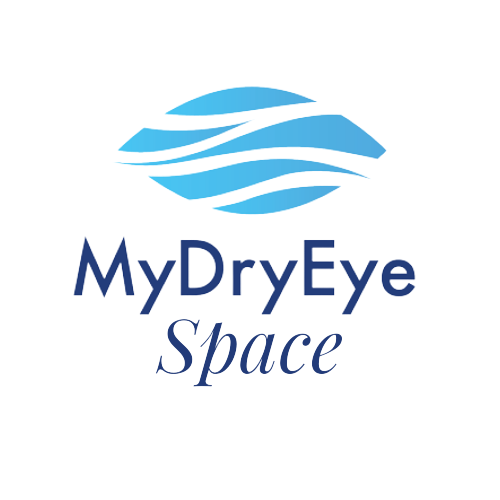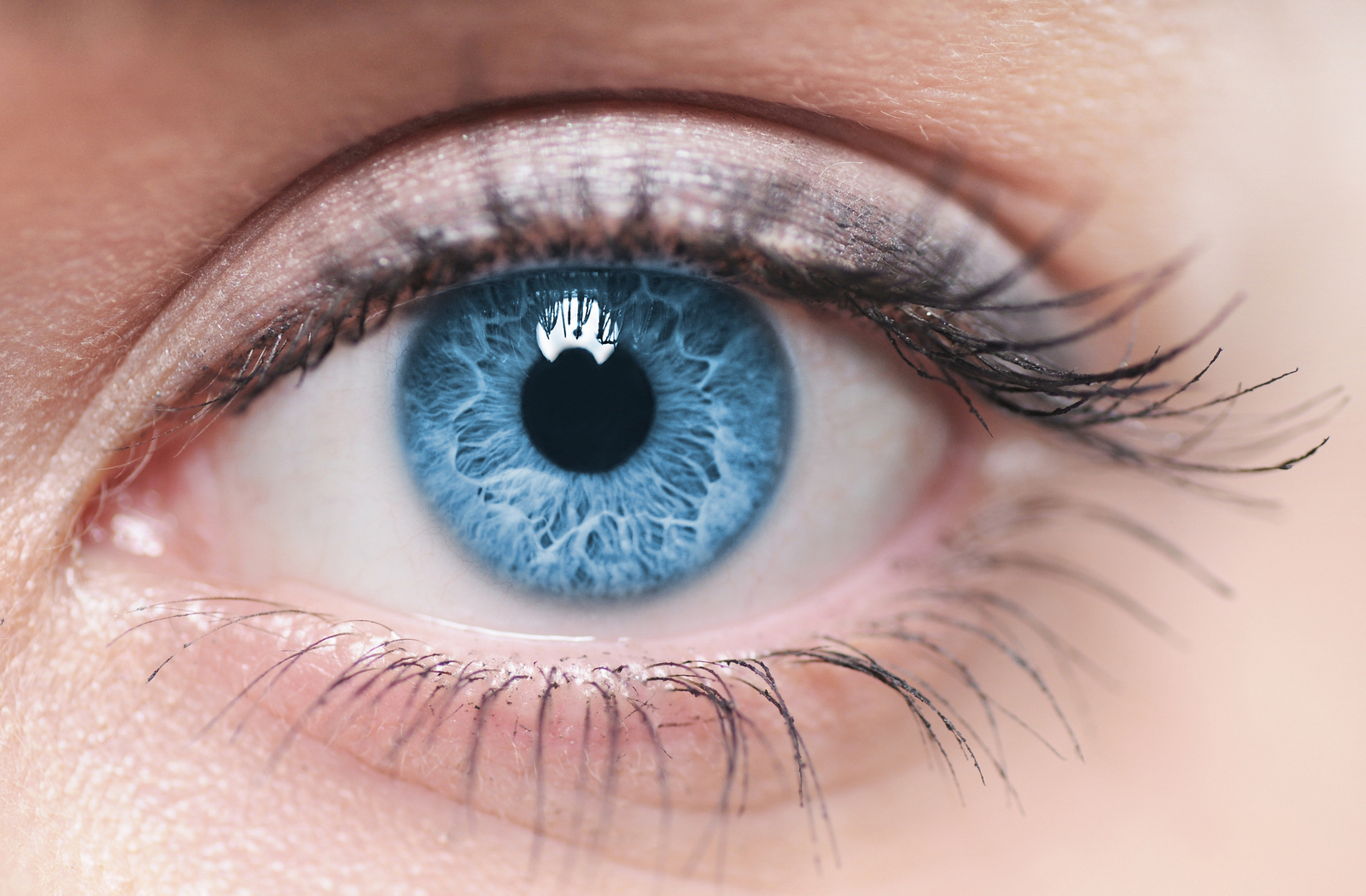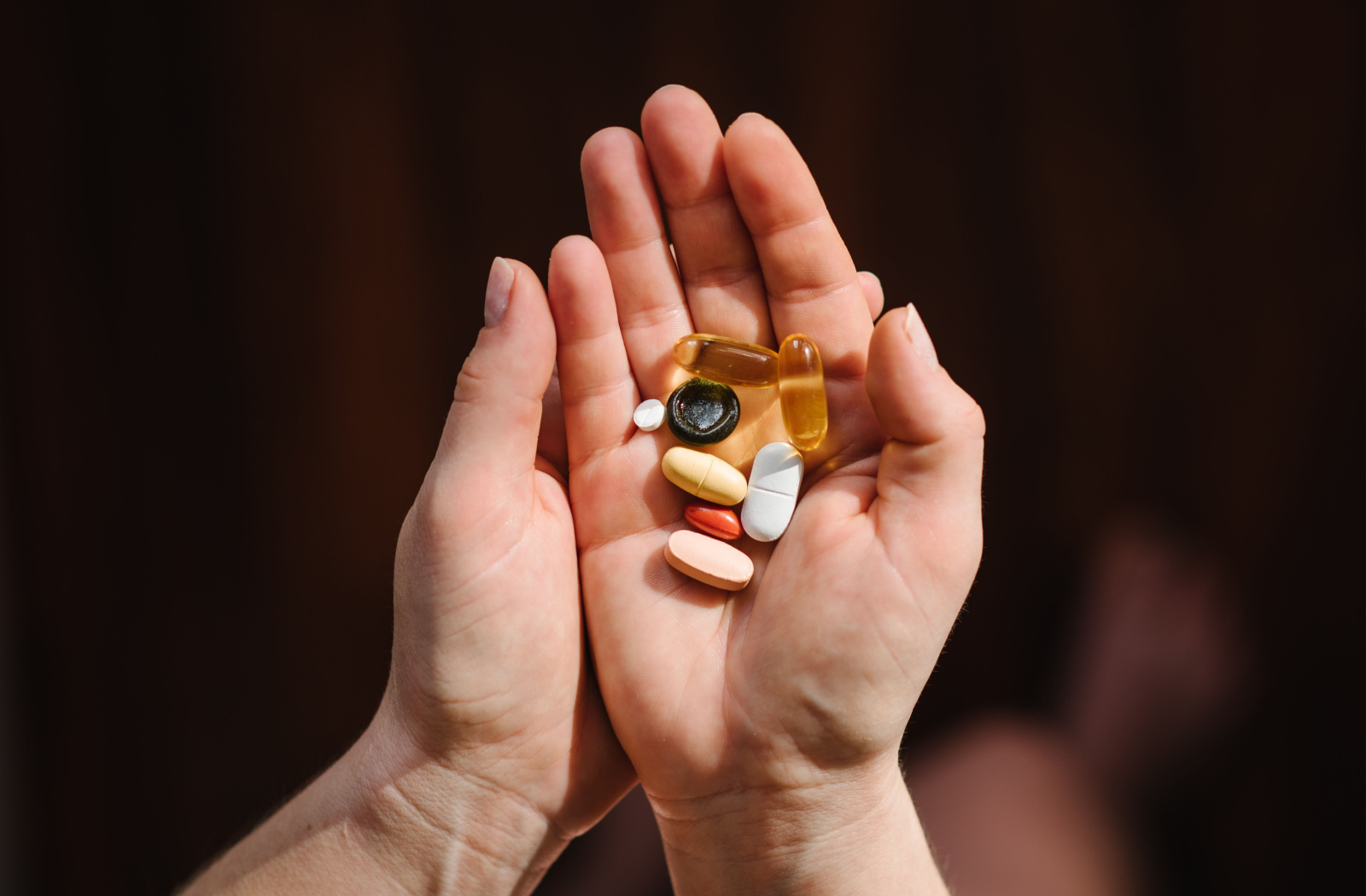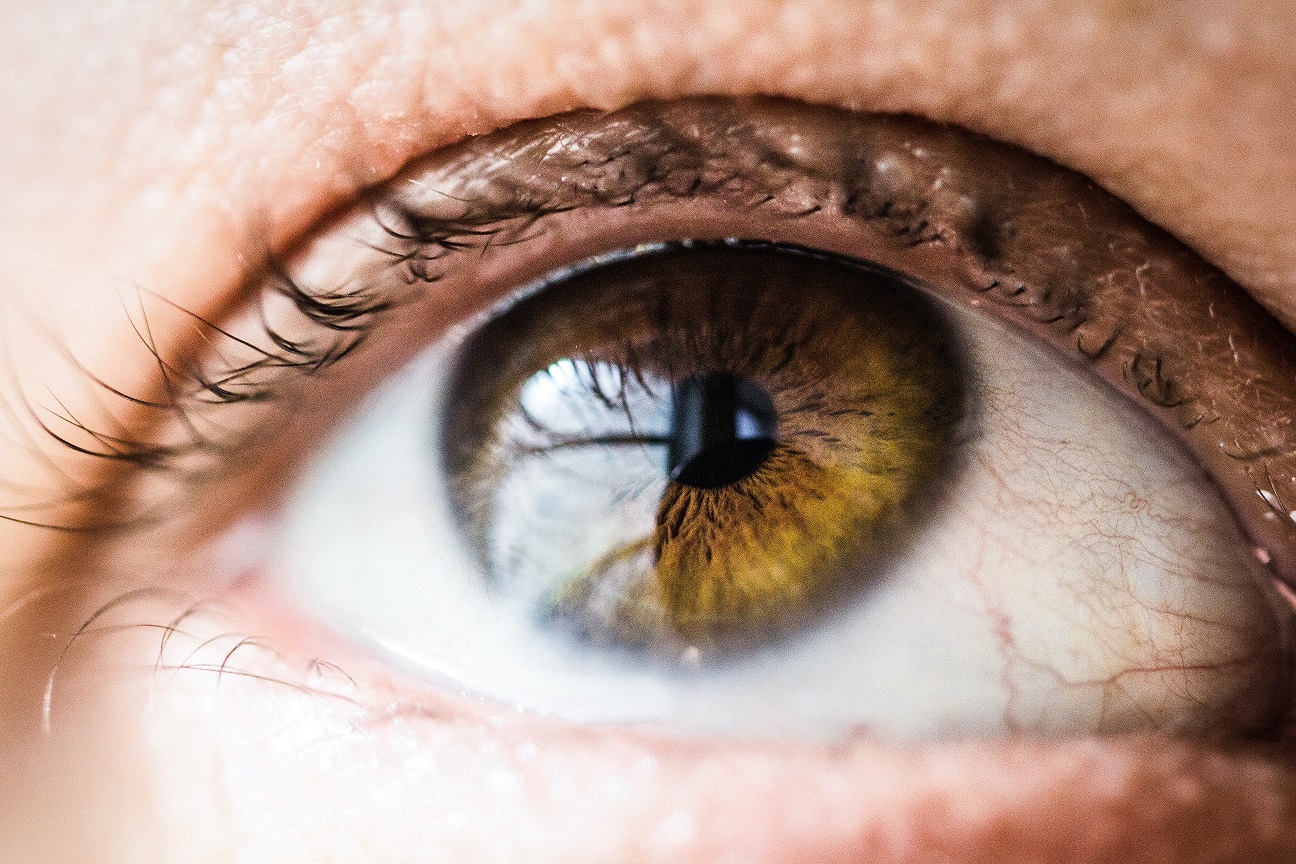Dry eye can have various causes and severity. In some cases, there’s an imbalance to the mixture of your eye’s tear film — the cocktail of mucous, water, and oil that keeps your cornea from drying out.
If there’s too much (or too little) of any part, dry eye often becomes a daily struggle for that patient. Dry eye management can include prosthetics called punctal plugs, containing any tears that might drain away.
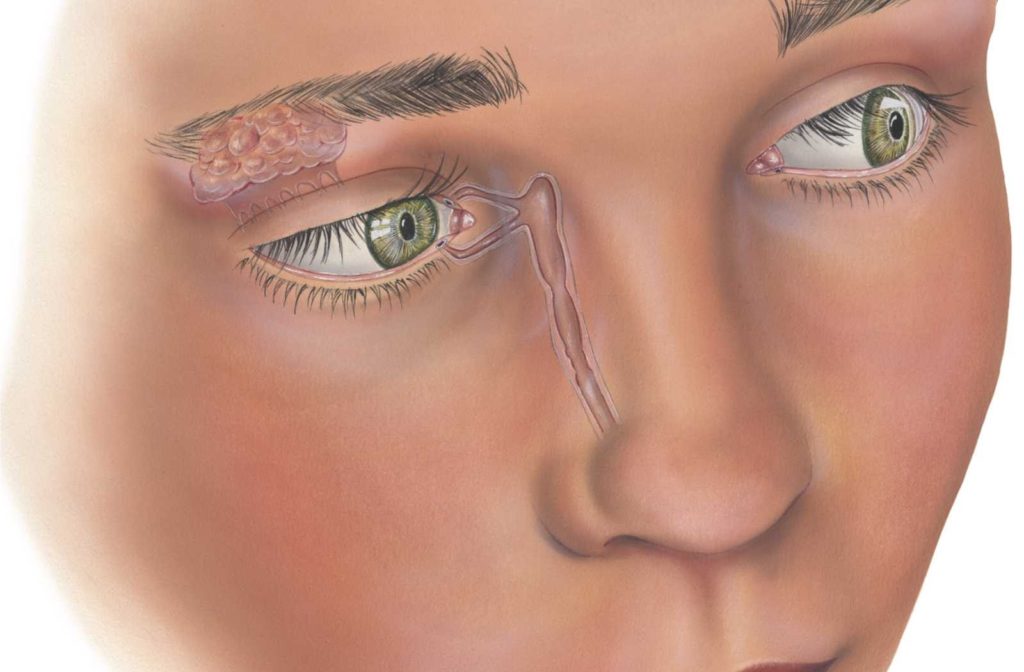
Who Needs Punctal Plugs?
It all begins with a diagnosis for dry eye. Usually, your optometrist will plan a treatment course that begins with the least invasive options, and if that doesn’t work — it might be worth exploring punctal plugs.
What is Dry Eye?
Punctal plugs aren’t always a treatment for anyone. They’re a dry eye management option specifically for dry eye symptoms due to water deficiency. Sometimes water deficiency can come from issues with the lacrimal (tear) gland.
Other times, medications for a variety of ailments negatively affect aqueous (water) production from the lacrimal gland. Dry eye comes in many shades, with many solutions, but the experience can be almost universal, with many reporting inflammation, itchiness, irritation, and redness.
Your Cornea
Your cornea is one of the most essential parts of your eye because it helps bend visual data into a focal point at the back of your eye (along with your ocular lens deeper within). The cornea is a transparent, skin-like tissue that needs moisture to keep from cracking. Enter the tear film.
Your Tear Film
The natural moisture level in your eyes is called the tear film, and it’s made up of 3 layers. The meibomian glands are responsible for producing the oil layer, while the lacrimal gland produces the aqueous layer. The mucous layer acts as a base to keep everything together. The water layer provides most of the moisture needed, and the oil layer prevents the water layer from evaporating.
Types of Dry Eye
When either gland or channel leading from a gland struggles or gets blocked somehow, your tear film will not be the right ratio. Evaporative dry eye means your eye is too dry because there is not enough oil to prevent your tears from evaporating.
Another disruption can come to the water level of your tears. If your tears have enough oil, but not enough water from the lacrimal gland, your optometrist may diagnose you with aqueous-deficient dry eye.
Aqueous-Deficient Dry Eye
Various medications can sometimes impact the lacrimal gland, throwing the tear film out of balance. Suppose the lacrimal gland gets interfered with by free-floating beta-blockers from heart medication or reuptake inhibitors from mood stabilizers. In that case, water production in your tear film falls short.
Autoimmune Disorders
Some types of dry eye are side effects of autoimmune disorders, as water-producing glands in the body fall under attack. Sjogren’s syndrome and rheumatoid arthritis often come as a package deal, and they can each lead to this kind of dry eye.
For these patients, an optometrist will opt for scleral lenses, each containing a reservoir of water between the cornea and the lens, in turn covering a larger surface of the eye. They may also opt for a topical eye drop that falls under the immunomodulator category, to help your lacrimal glands defend against antibodies.
Punctal Plugs
But whether water deficiency is due to autoimmune disorders or medications, the lack of moisture can impact patients in similar ways. Sometimes punctal plugs are a remedy for the dire lack of water in the tear film.
It’s very much on a case by case basis, and it requires that the patient benefits from gradually collecting enough moisture to hydrate their eyes. Punctal plugs can also help preserve eye drops that you’ve added, so you don’t run through them too quickly.
What Are Punctal Plugs?
Punctal sounds like punctual, the word some use to coach latecomers. But punctal refers to openings on the edges of your eyelid (lacrimal puncta), leading to tear ducts near the inside corners. Punctal plugs also go by punctum plugs, lacrimal plugs, or occluders.
Punctal plugs are tiny prosthetic dams designed to keep the watery part of your tears from draining from the puncta and down your tear ducts via the upper and lower lacrimal canaliculus.
Think of each puncta like a shower drain’s grate, the tear ducts as your home’s main wastewater line, and the canaliculus as the pipe draining into the main wastewater line. The bottom of your tear ducts run near your nose, which is why you get the sniffles whenever you shed tears.
Punctal plugs are quite small, smooth-edged — and shaped, so they stick firmly into your puncta’s opening, unable to slide too far in or out. Tears remain coated throughout your eyes because they can’t naturally drain away, and a balanced tear film composition can be restored.
What Are Punctal Plugs Made of?
Punctal plugs can come in dissolvable or semi-permanent types, so they can be different materials. Dissolvable temporary plugs are often made of collagen so it can break down and absorb into the body, gradually. Semi-permanent plugs do not dissolve, and they come in silicone or acrylic material. Some specialized semi-permanent plugs are designed to plug deeper within, past the puncta.
Removing Conventional Semi-Permanent Punctal Plugs
As long as the punctal plugs you have actually sit in the puncta, and not the canaliculi, you might remove them for cleaning or to give your puncta a rest. Your eye doctor may train you on how to remove them yourself if it’s safely done. The first rule of removing punctal plugs is that you call your optometrist and get a go-ahead to remove the plugs.
The second rule is making sure you’ve called your optometrist and gotten the all-clear to remove the plugs. After rules 1 and 2, you can very carefully remove them with tweezers. At the end of the day, removal might best be left to your eye doctor. Either way, they must be kept sterile before, during, and after their removal.
Hygiene for Punctal Plugs
If your eye doctor is the only one removing punctal plugs, you can lean on them for hygienic maintenance and storage. But if you’re removing them yourself, they’ll need to be kept sterile. You can follow a pattern similar to cleaning contact lenses. Make sure you wash your hands and the container for the punctal plugs. Rinse them thoroughly, and store in an approved or prescribed sterile solution.
Are Punctal Plugs for You?
Punctal plugs certainly have their own unique pros and cons. For best results, you have to follow all instructions faithfully. It might save you from running through eye drops too quickly, and for some, it can adequately help them live with dry eye.
Find an eye doctor who can help you with further questions about punctal plugs and enable you to enjoy more comfortable vision.
